Understanding Houston HVAC Parts- Evaporator
This blog series is devoted to exploring and describing the parts and functions making up your air conditioning system. This will help you get a better understanding of how these components work together and will help you take good care of your HVAC system and prevent the need for Houston TX HVAC repair.
This blog looks at the air conditioner’s evaporator. Here are some related Articles:
Understanding HVAC Parts in Houston – The Condenser
How An Expansion Valve Works
 What An Evaporator Does
What An Evaporator Does
The evaporator is located in the top of the system unit and is comprised of coils. This is the case for most air conditioners, but not all. Refrigerant will goe from the condenser to the evaporator in its cooled, liquid state.
Once the refrigerant is there, it meets with low pressure. This low pressure turns the refrigerant into a gas. The gas then absorbs heat from the air. It is the absorption of heat that cools your home’s inside. Once this process is complete, the gas goes back tot he condenser and it happens all over again.
Why The Evaporator Is Important
Without an evaporator, the air conditioner would not cool the air in your house. When the evaporator turns the refrigerant into gas, it allows the refrigerant to do its job of getting hot air out of your house.
Maintain Your Evaporator
Your evaporator works hard to keep your home cool. This is why it is important to maintain it. The first step is to keep the coils clean. If they are not clean they trap dirt and block the absorption of heat. Coils should be kept clean even during winter. Moisture on the evaporator can freeze causing it to perform inefficiently.
If you ever notice a change in the way your air conditioner cools your house, get in touch with an HVAC expert at AC Man Houston or you can call us now for immediate assistance. We will schedule an appointment for either a repair or maintenance to keep your home as comfortable as it needs to be.
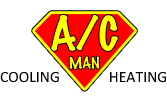
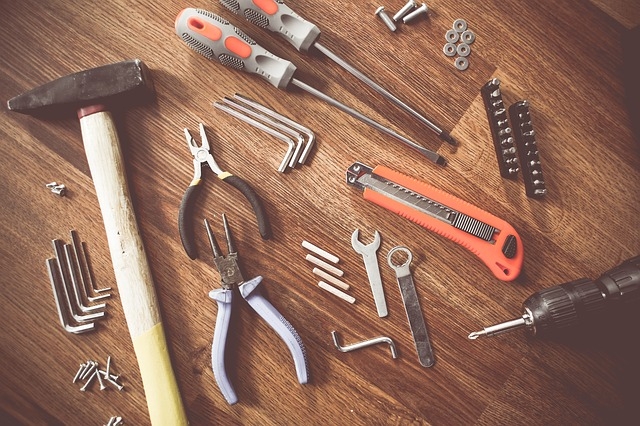 As your HVAC system chugs along in an effort to cool down the air in your home, it actually absorbs the heat within the room and then releases it outside. This ever-important action relies largely upon the condenser. The part of the unit facing or located outdoors generally hosts this part so that it can dispose of the absorbed heat properly.
As your HVAC system chugs along in an effort to cool down the air in your home, it actually absorbs the heat within the room and then releases it outside. This ever-important action relies largely upon the condenser. The part of the unit facing or located outdoors generally hosts this part so that it can dispose of the absorbed heat properly.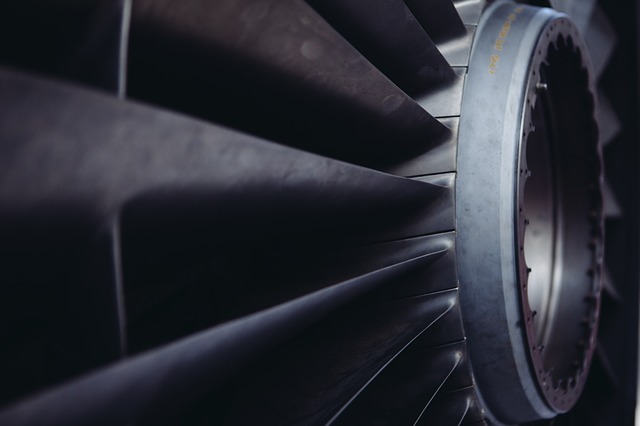 How They Work
How They Work 3. The drain line has mistakenly been disconnected.
3. The drain line has mistakenly been disconnected. Three Types Of Pollutants
Three Types Of Pollutants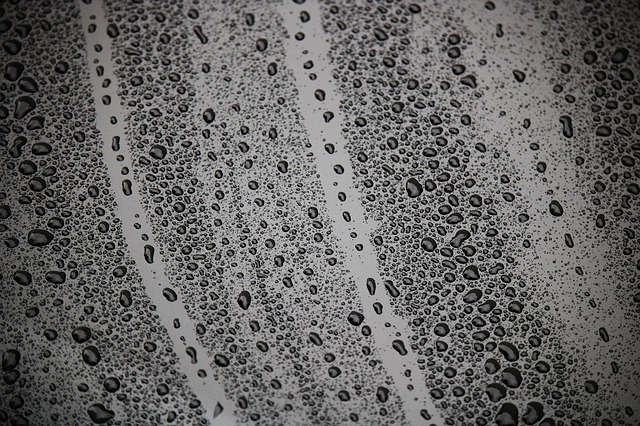 What About Floods?
What About Floods? Pick the proper air filter
Pick the proper air filter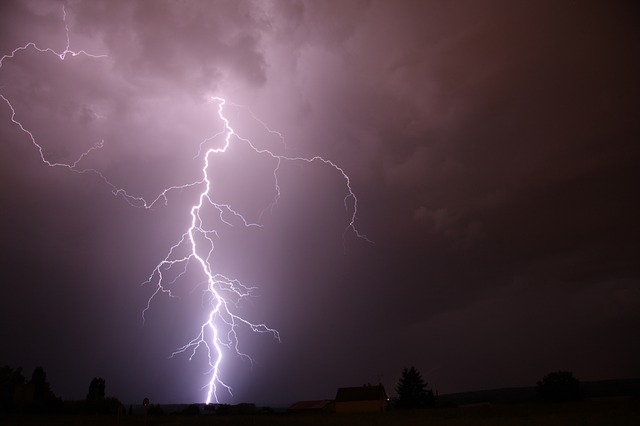 Make sure loose items are put away or tied down. Severe weather often brings gusty winds along with it. If the wind is strong enough, it can wind up blowing objects into your outside condenser unit, causing damage as a result. In severe cases, it can even blow your entire condenser unit over. By securing any loose objects before bad weather hits, you can reduce the risk of damage.
Make sure loose items are put away or tied down. Severe weather often brings gusty winds along with it. If the wind is strong enough, it can wind up blowing objects into your outside condenser unit, causing damage as a result. In severe cases, it can even blow your entire condenser unit over. By securing any loose objects before bad weather hits, you can reduce the risk of damage. Gurgling And Bubbling
Gurgling And Bubbling Your air conditioner works hard day and night to accommodate your desire for a chilly environment. This constant stress can eventually take a toll on your AC system. Eventually, your system may begin to cool less and less.
Your air conditioner works hard day and night to accommodate your desire for a chilly environment. This constant stress can eventually take a toll on your AC system. Eventually, your system may begin to cool less and less.